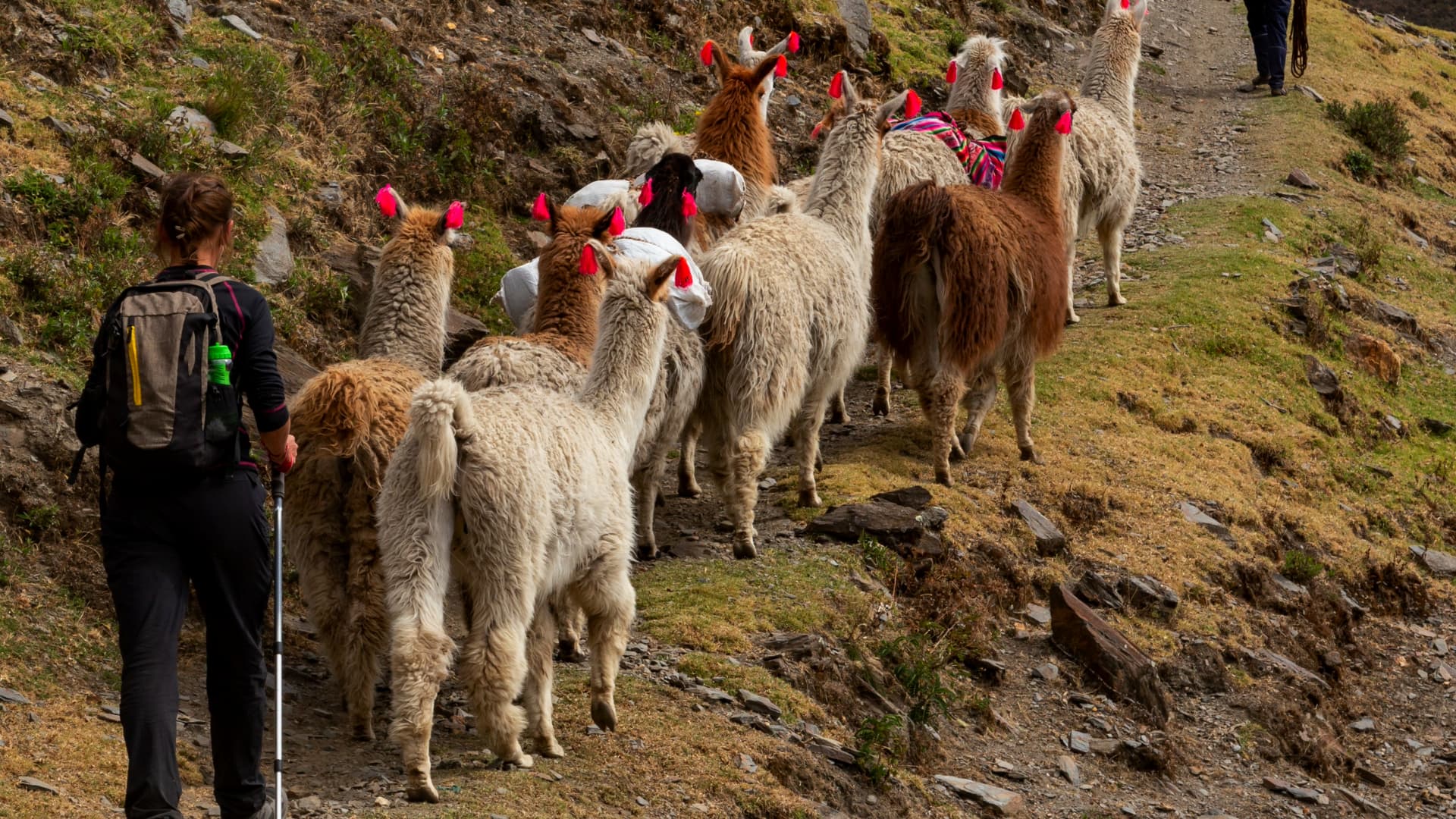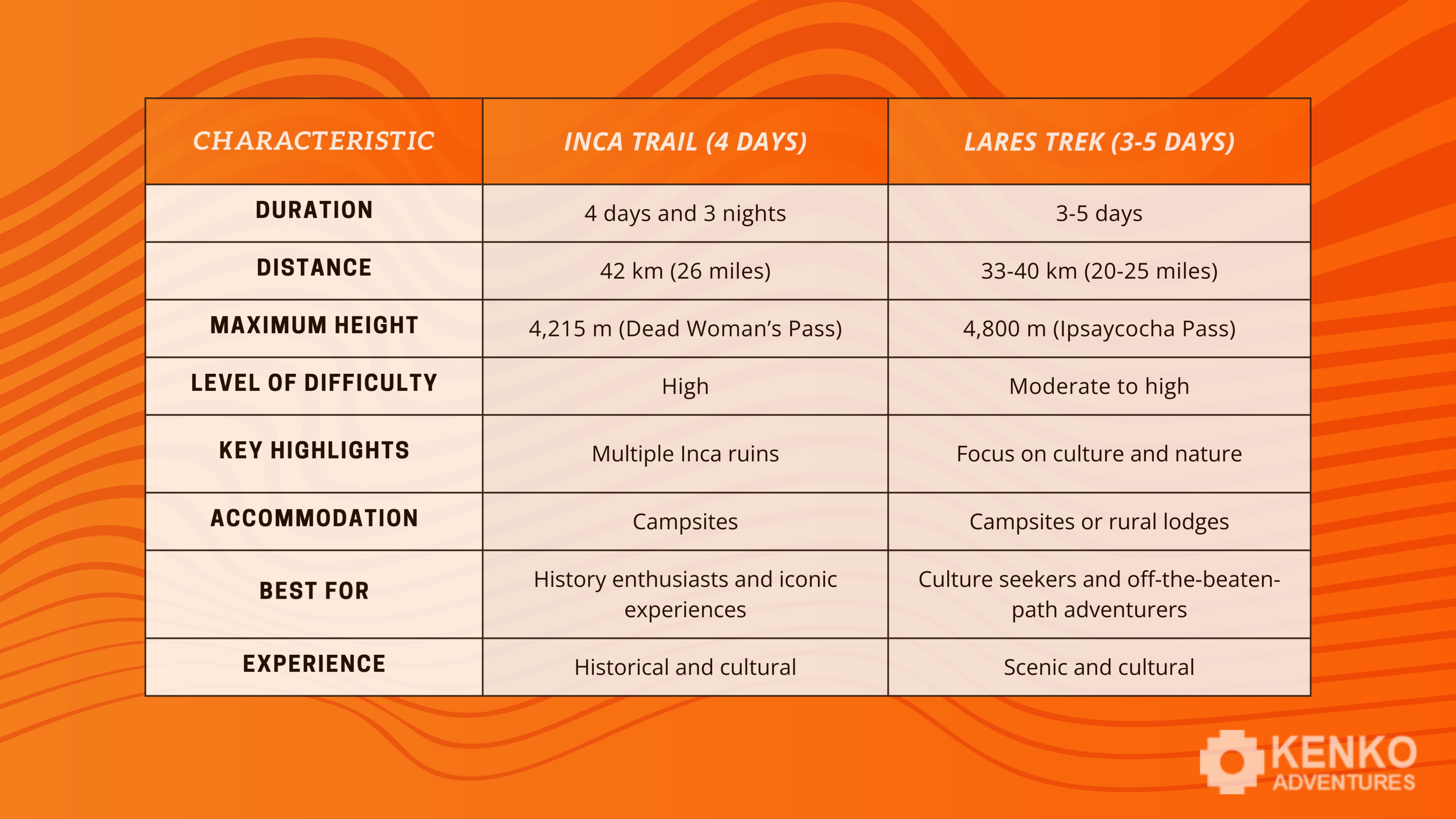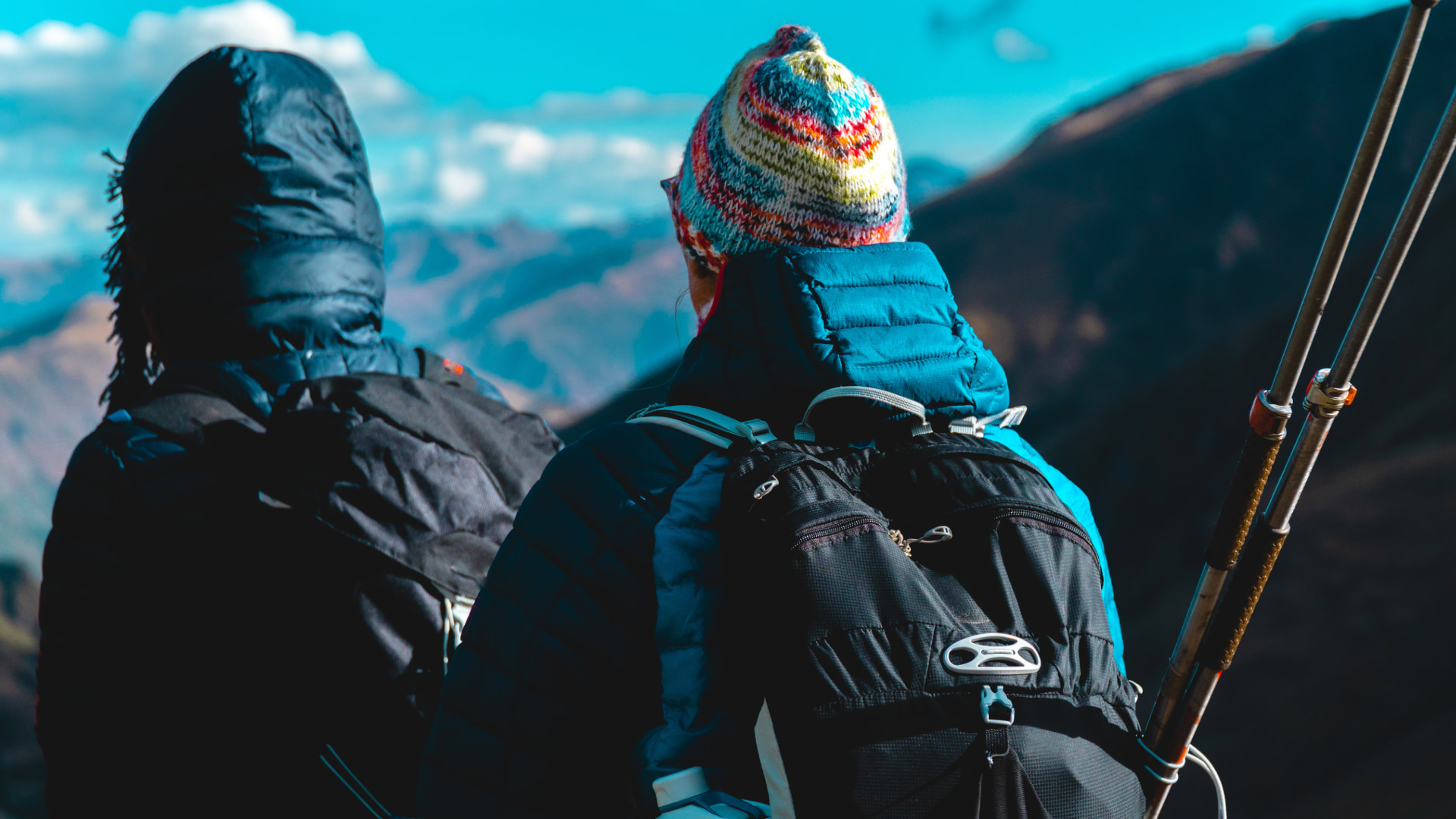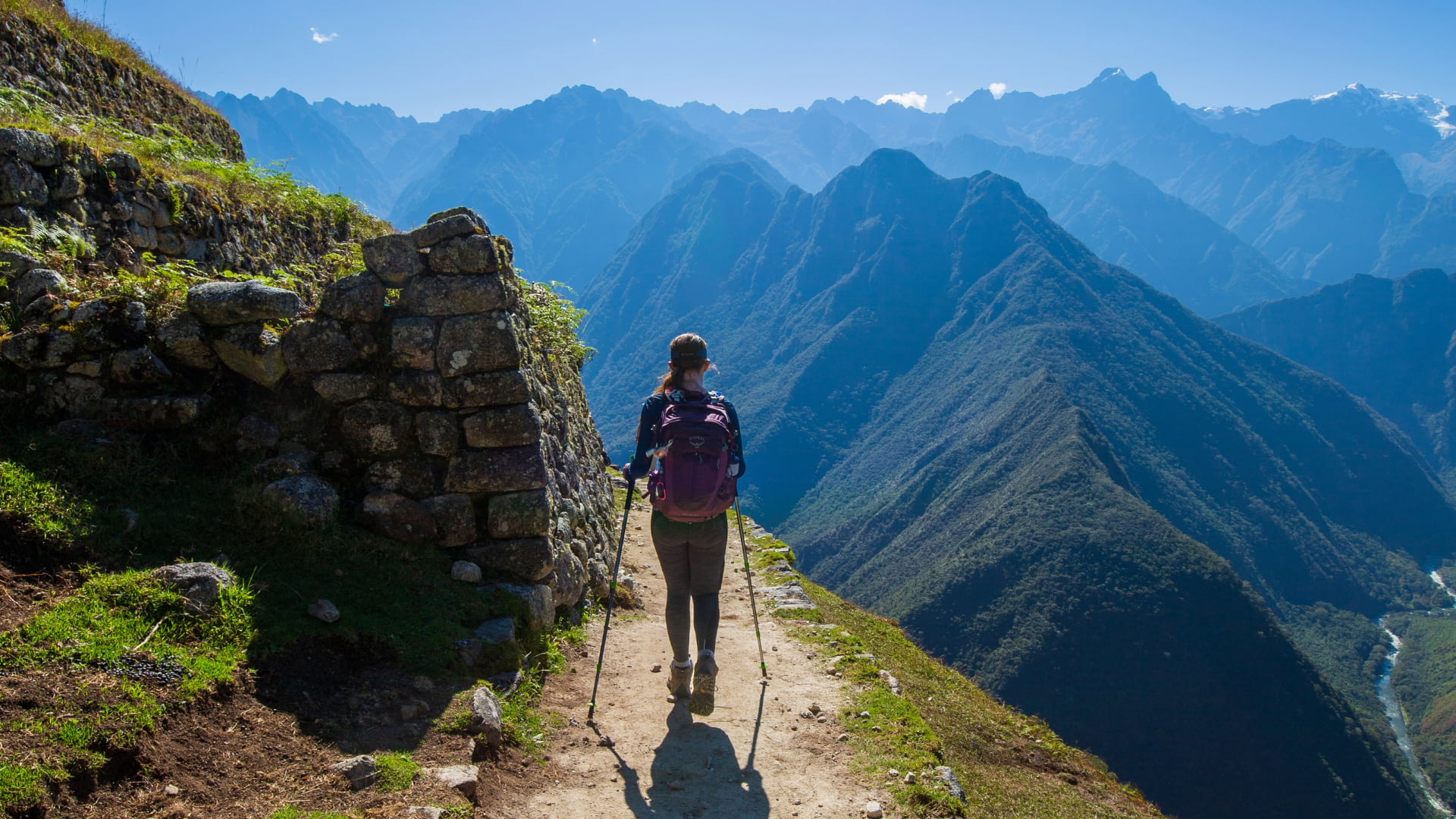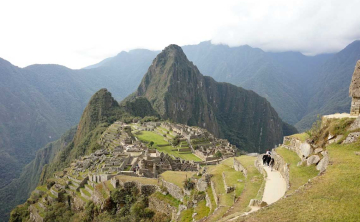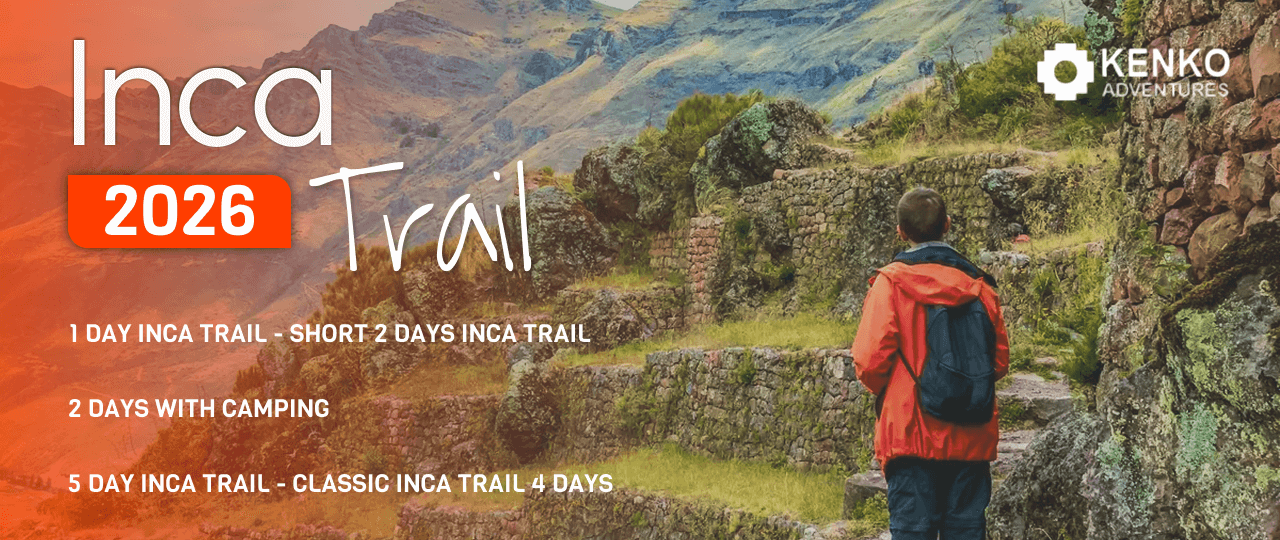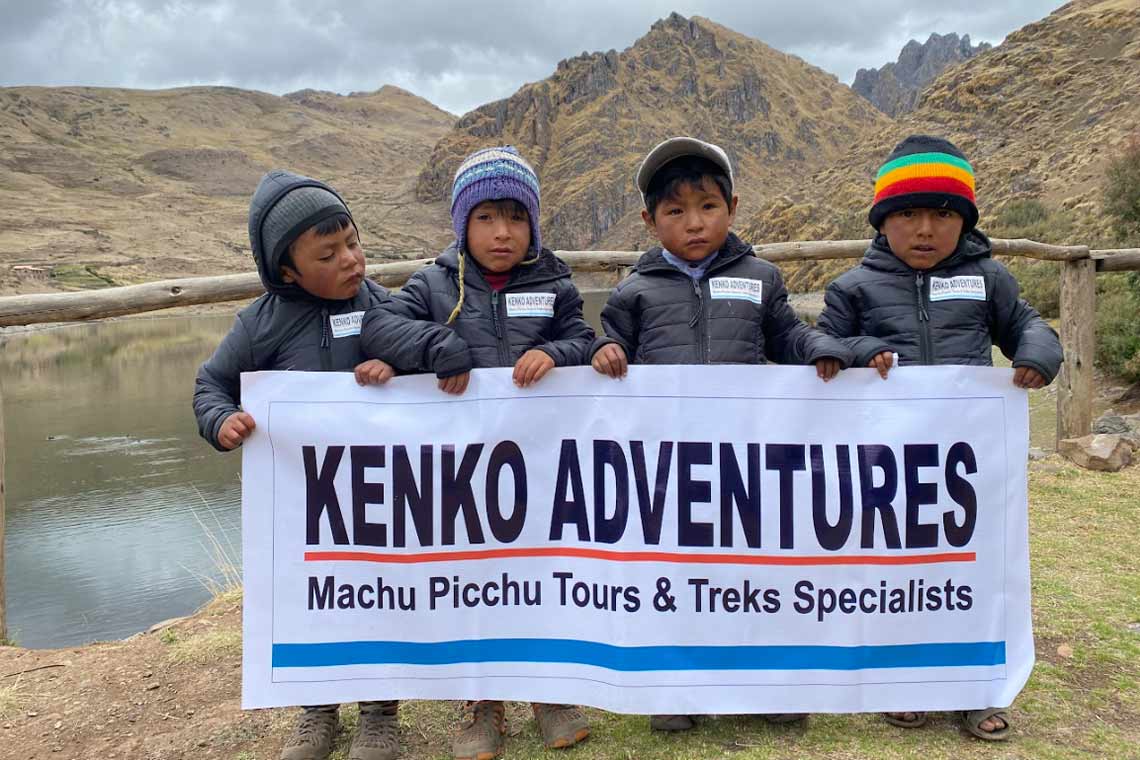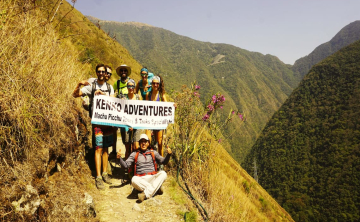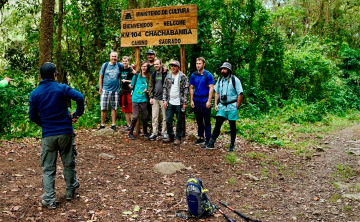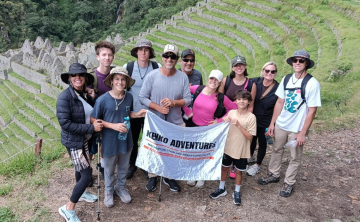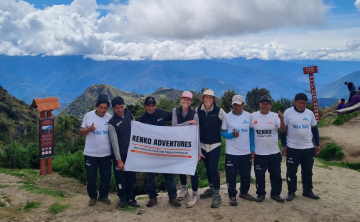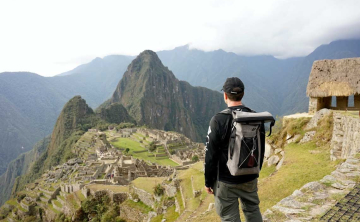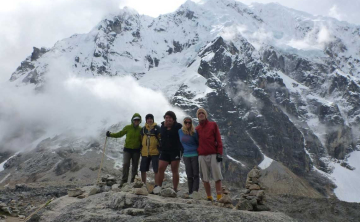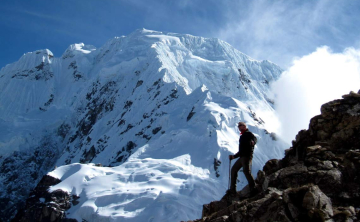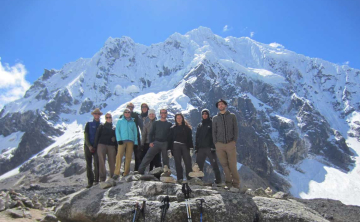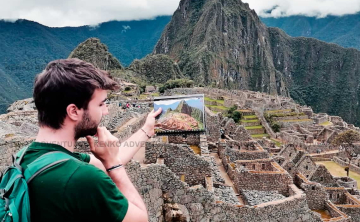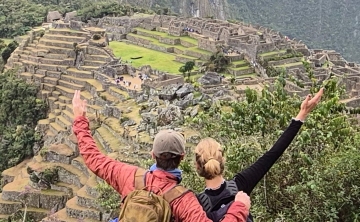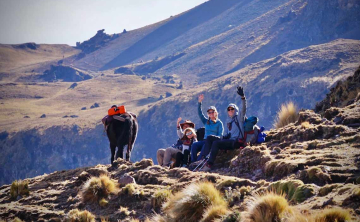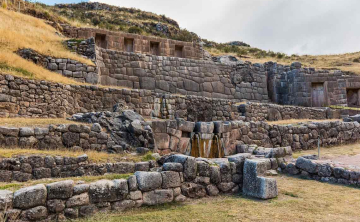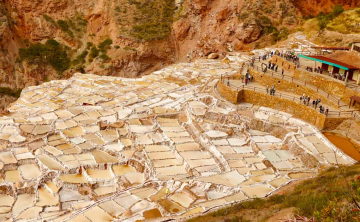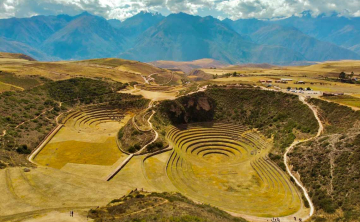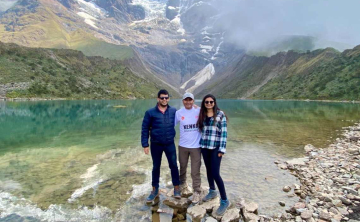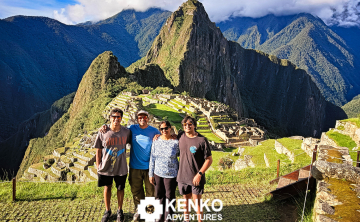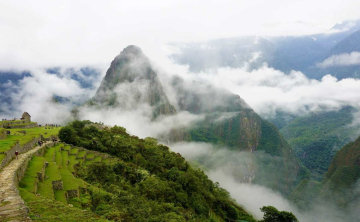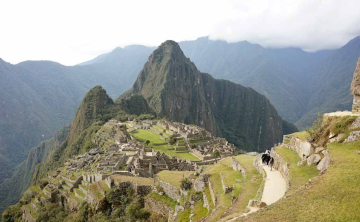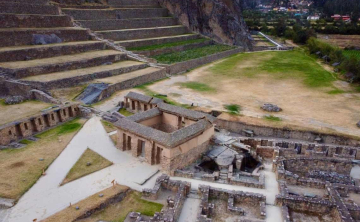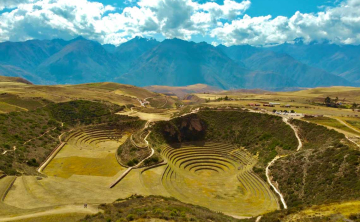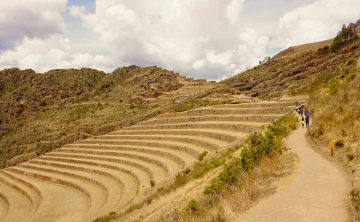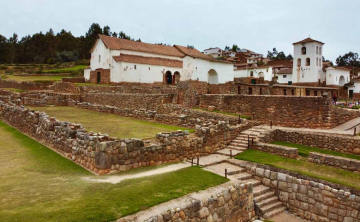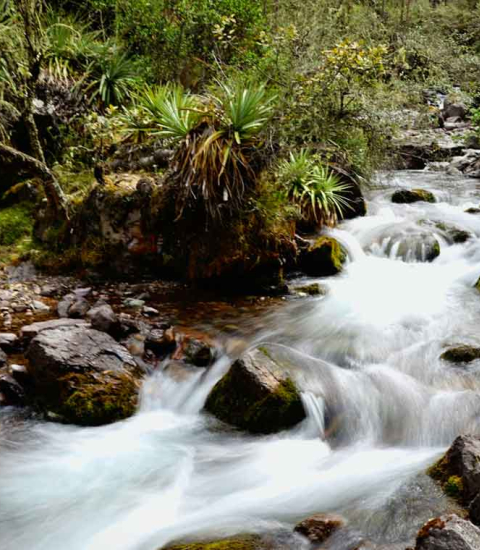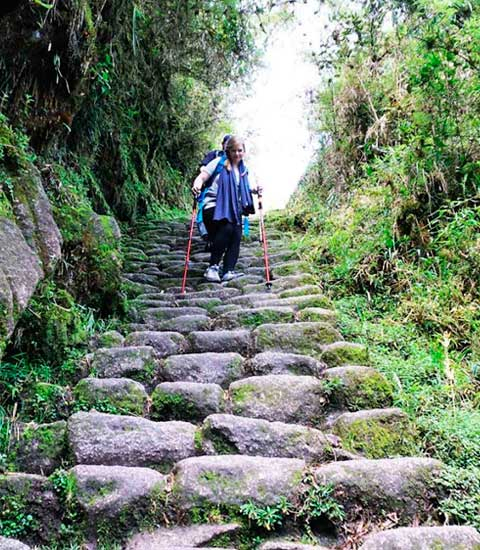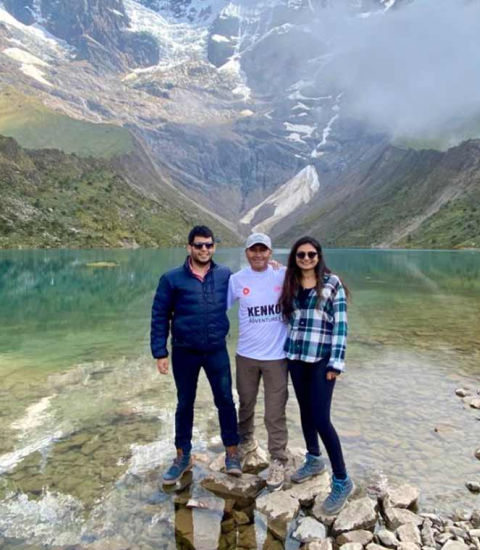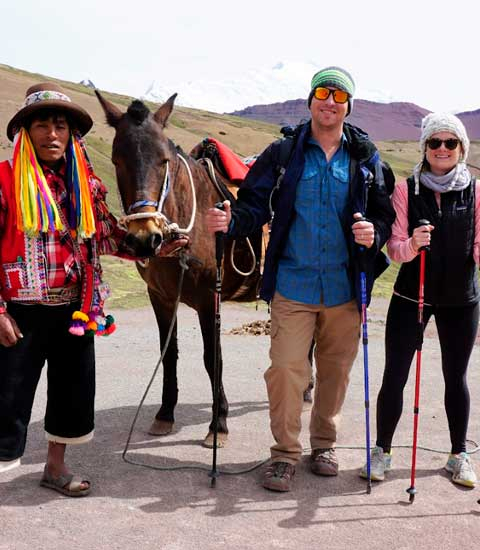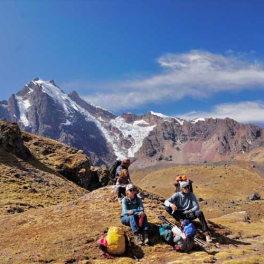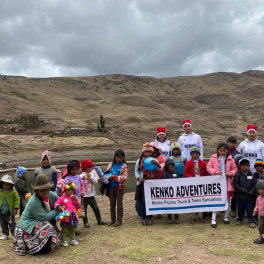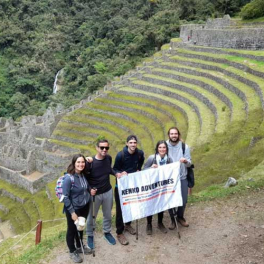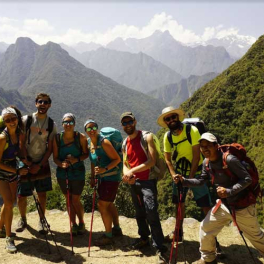Inca Trail Vs Lares Trek
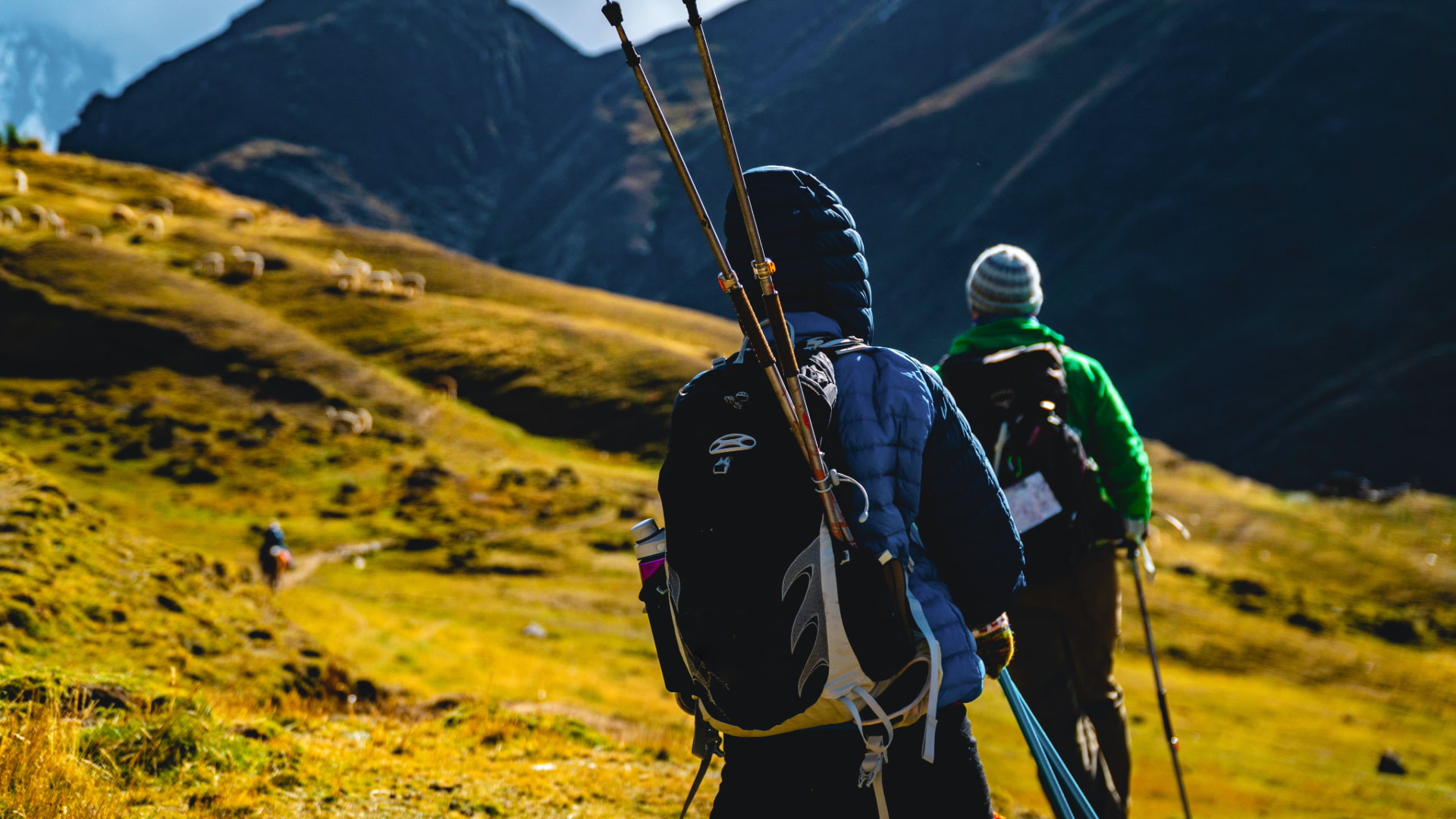
If you are planning an unforgettable experience in Peru and wish to explore the majesty of the Andes, the Inca Trail and the Lares Trek are two exceptional trails that will lead you to breathtaking landscapes and a deep connection with the Inca culture. While both treks conclude at the iconic Machu Picchu or its surrounding areas, each will give you a very different experience that suits different travel styles.
With the analysis in this article, we will help you identify the basic differences between the Inca Trail and the Lares Trek so that you can choose the route that meets your interests and needs.
1. The Inca Trail: The Classic Route to Machu Picchu
The Inca Trail is one of the most famous treks in the world. This route follows in the footsteps of the ancient Incas, crossing cloud forests, mountains and archaeological sites before reaching Machu Picchu.
Tour Details:
- Duration: 4 days and 3 nights.
- Distance: 42 km (26 miles).
- Maximum altitude: 4,215 m (Warmiwa├▒usca Pass).
- Difficulty level: High.
- Highlights: Archaeological sites such as Runkurakay, Sayacmarca and the arrival to Machu Picchu through the Sun Gate (Inti Punku).
- Lodging: Camping.
This route is the only one that will allow you to enter directly to the Historic Sanctuary of Machu Picchu through the Sun Gate, you will get a magical experience at sunrise.
Advantages of the Inca Trail
- This historical and cultural trail follows the original Inca trails.
- The trail incorporates several impressive archaeological complexes along the way.
- This route offers you an iconic arrival to Machu Picchu through the Sun Gate.
- A very planned experience, with strict permits limiting crowds.
2. Lares Trek: A Cultural and Scenic Route
The Lares Trek route is a less traveled option that fuses incredible scenery with a deep cultural immersion. During this trek, you will pass through traditional Andean communities, places where daily life has changed little over the centuries.
Tour Details:
- Duration: 3-5 days (depending on the specific route).
- Distance: Approximately 33-40 km (20-25 miles).
- Maximum altitude: 4,800 m (Ipsaycocha Pass).
- Difficulty level: Moderate to high.
- Highlights: Interaction with local communities, views of glacial lakes and unique Andean landscapes.
- Lodging: Camping or rural home stays.
This alternative route does not always culminate directly at Machu Picchu, but many include a train ride from Ollantaytambo to visit the citadel at the end of the trek.
Advantages of the Lares Trek
- Being less visited than the Inca Trail, you will live a quieter and more personalized experience.
- Its main attraction is the cultural focus, with visits to indigenous communities and the opportunity to learn about their traditions.
- Diverse landscapes, including mountains, glacial lakes and valleys.
- Adaptability in the duration and specific route.
3. Key Differences between the Inca Trail and the Lares Trek
This comparison chart presents the key differences between two popular trekking routes in Peru that lead to Machu Picchu: the Lares Trek and the Inca Trail. While both offer unique experiences in the Andes, they vary significantly in difficulty, permits required, altitude, scenery and interaction with local communities. The Inca Trail is famous for being the original route used by the Incas, replete with archaeological ruins and a strict permit system. The Lares Trek, on the other hand, offers a deeper cultural immersion as it passes through Andean communities, with equally impressive scenery and greater flexibility in terms of permits. This chart will help you decide which of these two incredible adventures best suits your interests and abilities.
4. Recommendations for your hike
Whichever route you choose, the following recommendations will help you to have an unforgettable experience:
- Book in advance: The Inca Trail requires permits that must be processed months in advance. The Lares Trek is more adaptable, however; it is better to book in advance to guarantee your place.
- Acclimatization: Rest for at least 2-3 days in Cusco or the Sacred Valley before either trek to get used to the altitude and avoid altitude sickness.
- Prepare your gear: Wear layered clothing, hiking boots, sunscreen, insect repellent and a light backpack. Trekking poles and a headlamp are also important.
- Physical condition: Although the Lares Trek is less demanding than the Inca Trail, both routes require good physical endurance. Train with previous hikes if necessary.
- Hydration and nutrition: Bring purified water or water purification tablets, as well as energy snacks to keep you active during the trek.
- Cultural connection: On the Lares Trek, enjoy the option of interacting with local communities. Bring simple, practical gifts such as school supplies if you want to support families.
- Travel with a certified agency: this way you will guarantee your safety, logistical support and an assertive impact on local communities.
- Respect for nature: Do not leave garbage and obey the indications of the guides to preserve the environment.
- Flexibility: If you decide on the Lares Trek, check out the different routes available to customize your adventure.
- Plan your clothing: In both options, temperatures can change significantly day or night. Get appropriate clothing for both warm and cold temperatures.
- Carry cash: When you arrive at the Lares Trek communities, there may be crafts made by locals. Having cash will allow you to directly support these communities.
5. Which route is best for you?
Choose the Inca Trail if:
- If you want to hike a historic route that culminates directly at Machu Picchu.
- You want a structured and highly planned experience.
- You are looking for an archaeological approach with visits to Inca ruins along the way.
Choose the Lares Trek if:
- You prefer an immersive cultural experience with interaction with local communities.
- You want to avoid crowds and enjoy a more leisurely hike.
- You enjoy varied and lesser-known landscapes.
Either route will offer you a unique connection to the nature and culture of the Andes. Whether you opt for the Inca Trail for its history and fame, or the Lares Trek for its tranquility and cultural focus, both routes guarantee a unique experience that will lead you to discover the magic of Machu Picchu.

